Building Language in Autism Therapy
Unlocking Communication: Strategies and Tools for Autism
Introduction to Language Development in Autism Therapy
Language development in children with autism can be a complex yet rewarding journey. It involves a variety of strategies and tools, tailored interventions, and strong partnerships between caregivers, therapists, and the children themselves. Understanding the distinctly diverse spectrum of autism is crucial as caregivers and professionals work together to overcome communication barriers, enhance social interactions, and promote language-rich environments.
Effective Strategies for Enhancing Language Skills
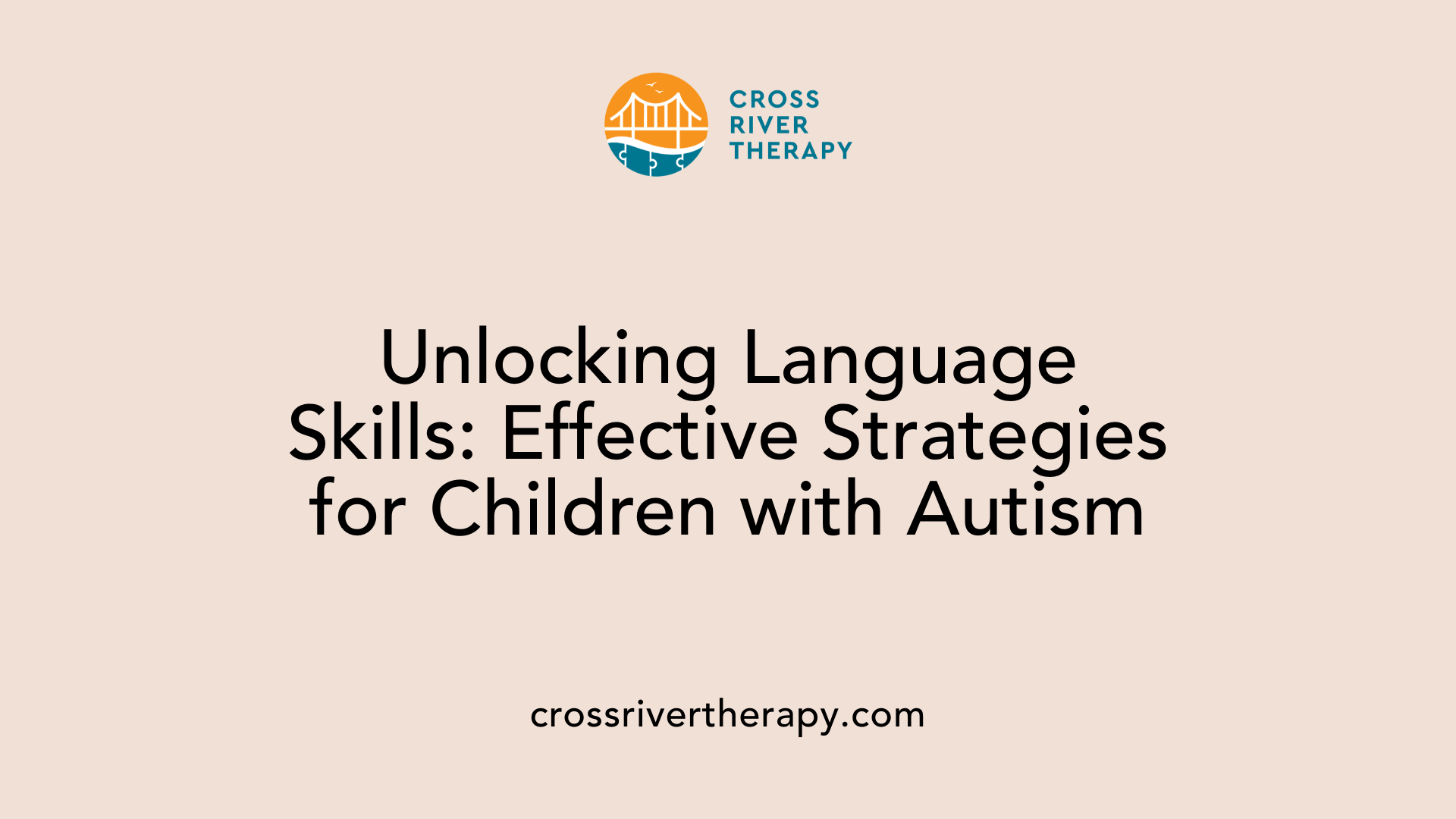
What are effective strategies to develop language skills in children with autism?
Building language skills in children with autism effectively involves several targeted techniques. First, modeling appropriate language use during daily activities helps children learn by example, encouraging them to mimic and use new vocabulary. Engaging in interactive activities like play not only makes learning enjoyable but also provides a natural context for communication.
Techniques to encourage language use
Activities can encourage language development by:
- Using positive reinforcement to acknowledge and reward attempts at communication.
- Implementing two-word phrases to build complex sentences slowly, aiding expressive skills.
- Incorporating visual aids such as communication boards and sign language to support understanding and expression.
Role of play in language development
Play-based learning is particularly effective. Engaging with a child's interests during play can:
- Enhance their motivation to communicate.
- Facilitate joint attention, essential for effective interaction and learning.
- Incorporate functional and spontaneous communication opportunities within games.
Augmentative and alternative communication
For children who face challenges with verbal communication, augmentative and alternative communication (AAC) tools, including:
- Picture Exchange Communication Systems (PECS)
- Voice-output devices These methods help bridge gaps in communication, allowing children to express needs and thoughts effectively while promoting language comprehension.
By utilizing these strategies, caregivers can create a supportive learning environment conducive to enhancing language skills in children with autism.
The Role of Speech Therapy in Autism
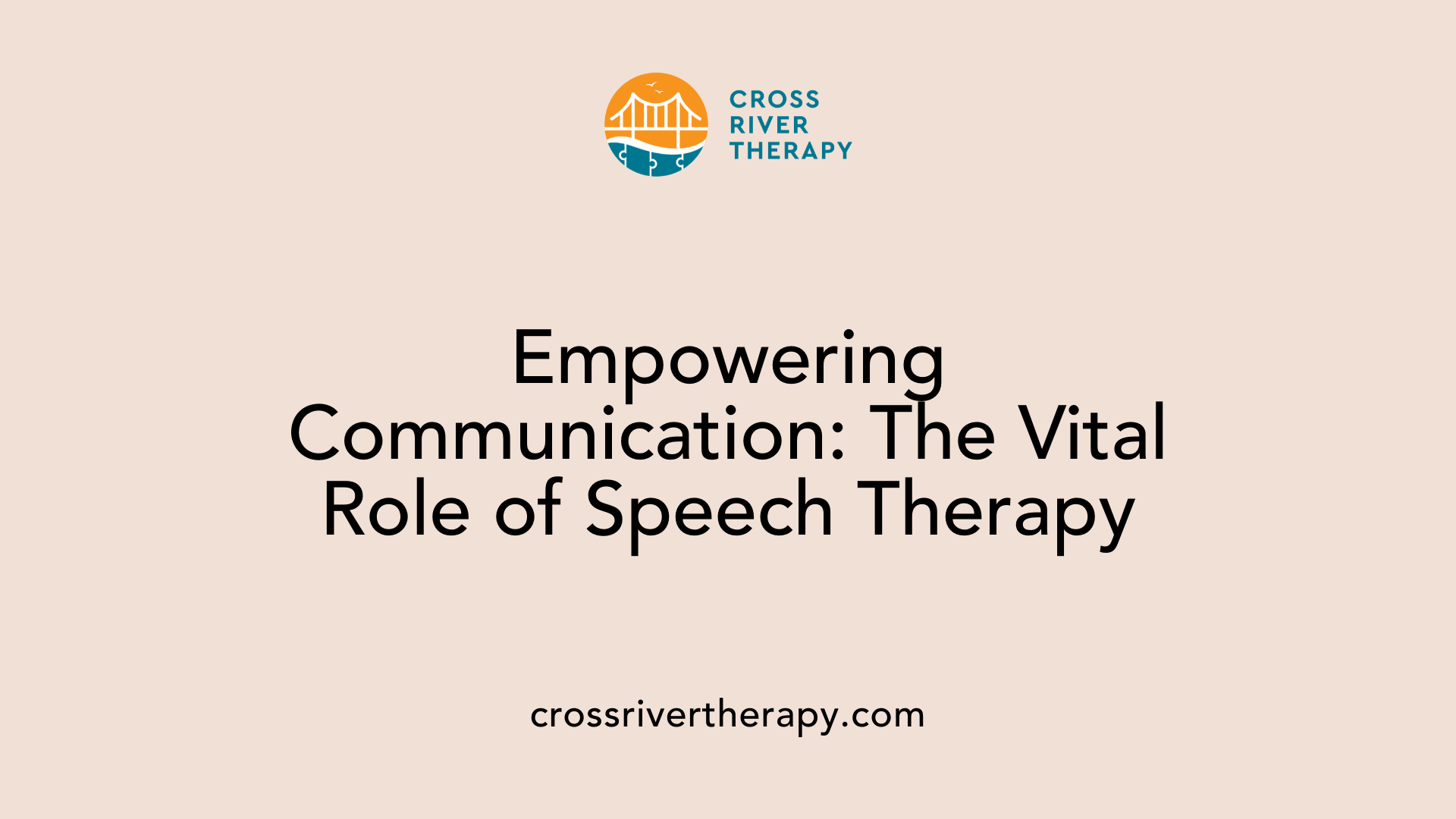
Importance of Speech Therapy
Speech therapy is vital for children with autism, playing a significant role in enhancing both verbal and nonverbal communication skills. Early and intensive interventions can unlock crucial developmental windows, particularly between ages 36-47 months, leading to improved language abilities and social interactions. Speech-language pathologists (SLPs) help children articulate their needs and preferences, reducing frustration and behavioral challenges by using tailored techniques.
Types of Speech Therapy Targets
Speech therapy encompasses various targets, including:
- Articulation Skills: Improving clarity of speech through modeling and repetition.
- Functional Communication: Teaching children to express needs using words, gestures, or assistive devices.
- Social Communication: Developing habits to interpret nonverbal cues and engage appropriately with peers.
- Use of Assistive Technology: Integrating tools like picture exchange systems (PECS) or voice-output devices for effective communication.
Social Communication Skills
Social communication is a cornerstone of speech therapy for children with autism. This includes:
- Recognizing nonverbal signals, such as body language and facial expressions.
- Engaging in reciprocal conversations and turn-taking during interactions.
- Practicing social skills through structured activities and play.
By focusing on these aspects, speech therapy equips children with autism to engage more fully in their environments, fostering better relationships and improved academic outcomes.
Importance of Caregiver Involvement in Language Development
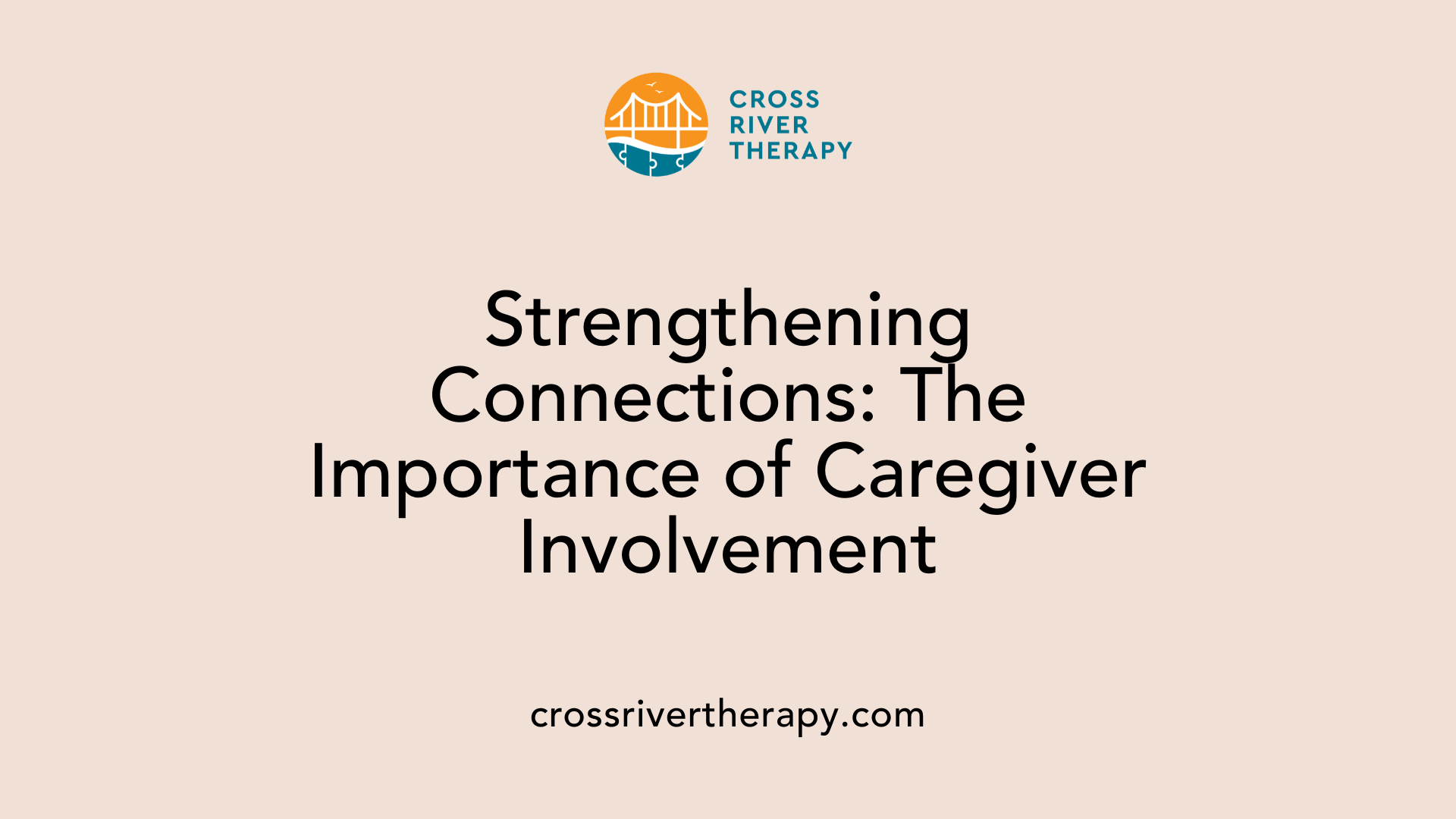
What role does caregiver involvement play in supporting language development in autistic children?
Caregiver involvement plays a pivotal role in supporting language development in autistic children by creating a language-rich environment. This includes engaging in frequent conversations, reading together, and incorporating playful music activities, which significantly enhance vocabulary and comprehension. When parents actively create opportunities for language use during daily routines, children are more likely to explore and practice their communication skills.
Creating Language-Rich Environments
- Daily interactions: Regular conversations and storytelling stimulate language processing.
- Play-based learning: Incorporating fun and engaging activities encourages vocabulary use.
- Modeling language: Parents can demonstrate language through explicit prompts and daily labels.
Training Caregivers
Training parents in effective intervention techniques, such as Applied Behavior Analysis (ABA), equips them with tools to enhance their child's communication abilities. Caregivers who understand how to reinforce language use through positive feedback and structured practice create more consistent learning opportunities in everyday life.
Collaboration Between Therapists and Caregivers
A strong partnership fosters collaborative strategies between therapy and home. By providing feedback during therapy sessions, caregivers can help tailor interventions to address their child's unique communication needs. Regular communication with therapists ensures that techniques learned in therapy are applied effectively during home activities, ultimately leading to better language outcomes for children.
In conclusion, engaging caregivers as active participants in their child’s language development journey presents numerous benefits, enhancing communication skills and facilitating social interactions.
Therapeutic Methods to Address Speech Delays
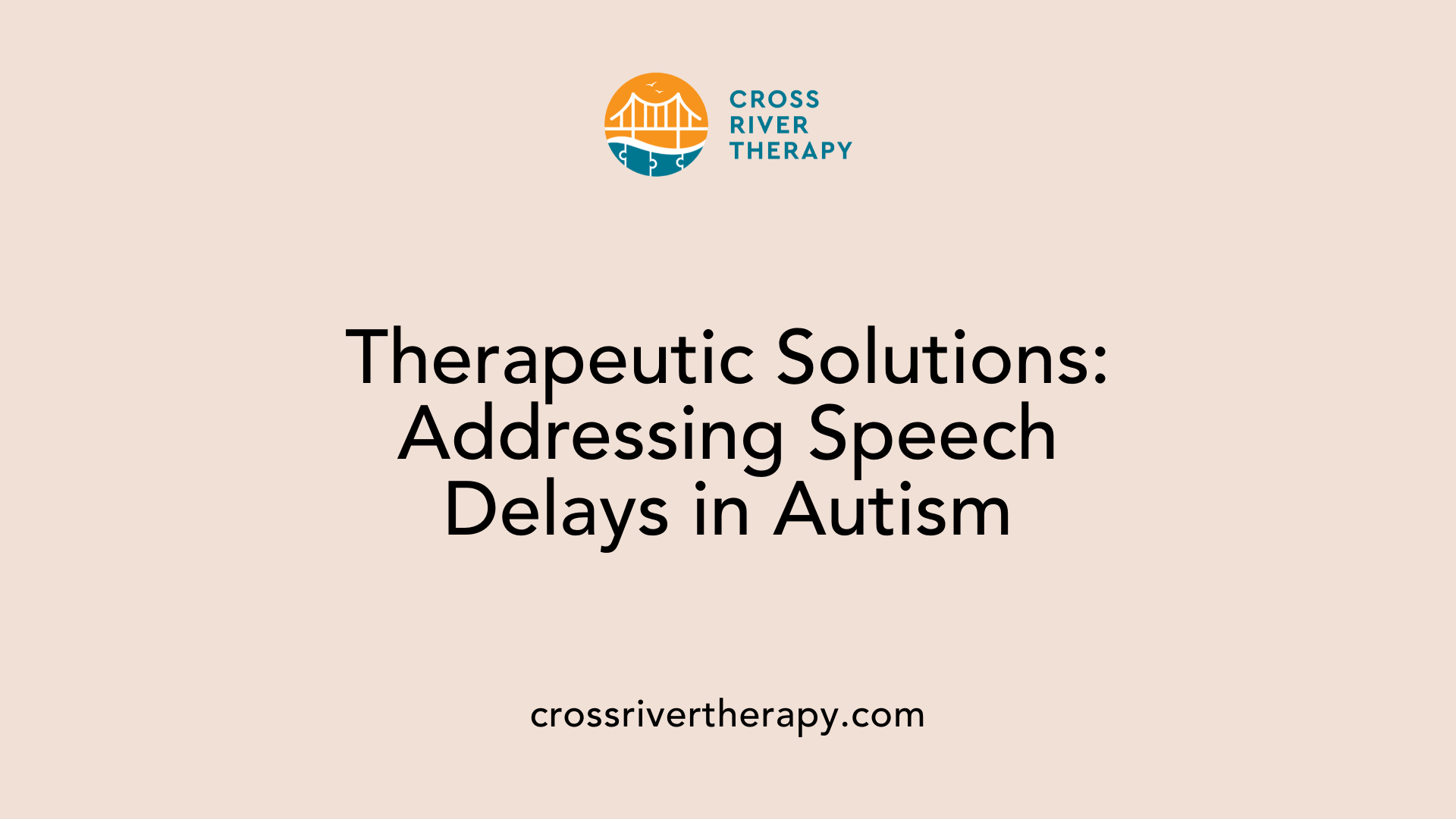
What therapeutic methods can address speech delay in autism?
Addressing speech delays in children with autism often involves a comprehensive approach that integrates various therapies. Key components typically include:
- Speech Therapy: Focuses on both verbal and non-verbal communication skills to enhance expressive language.
- Occupational Therapy: Can help improve social skills and daily living skills, which support communication efforts.
- Behavioral Therapy: Techniques like Applied Behavior Analysis (ABA) reinforce positive communication behaviors.
Early intervention is crucial. Research shows that children who begin therapy before the age of three are more likely to achieve typical speech milestones by kindergarten. This underscores the importance of maintaining a language-rich environment, which facilitates consistent language input through reading, singing, and engaging conversations.
Additionally, Augmentative and Alternative Communication (AAC) methods serve as crucial tools. These can include:
- Sign Language: Encourages non-verbal communication paired with verbal attempts.
- Picture Exchange Communication System (PECS): Allows children to exchange pictures to communicate their needs effectively.
- Voice-output Devices: Help those with significant delays express themselves through technology.
How do Speech-Language Pathologists (SLPs) contribute to intervention plans?
Speech-Language Pathologists (SLPs) play a vital role by conducting thorough assessments to identify each child's unique communication challenges. They then create tailored intervention plans that focus on:
- Enhancing vocabulary and language use.
- Improving social communication abilities.
- Incorporating family involvement to reinforce learning.
Tailored intervention fosters progress, ensuring that strategies align with individual strengths and needs. Overall, a multi-faceted approach, powered by early and intensive support, proves essential for developing communication skills in children with autism.
Integration of Technology in Autism Therapy
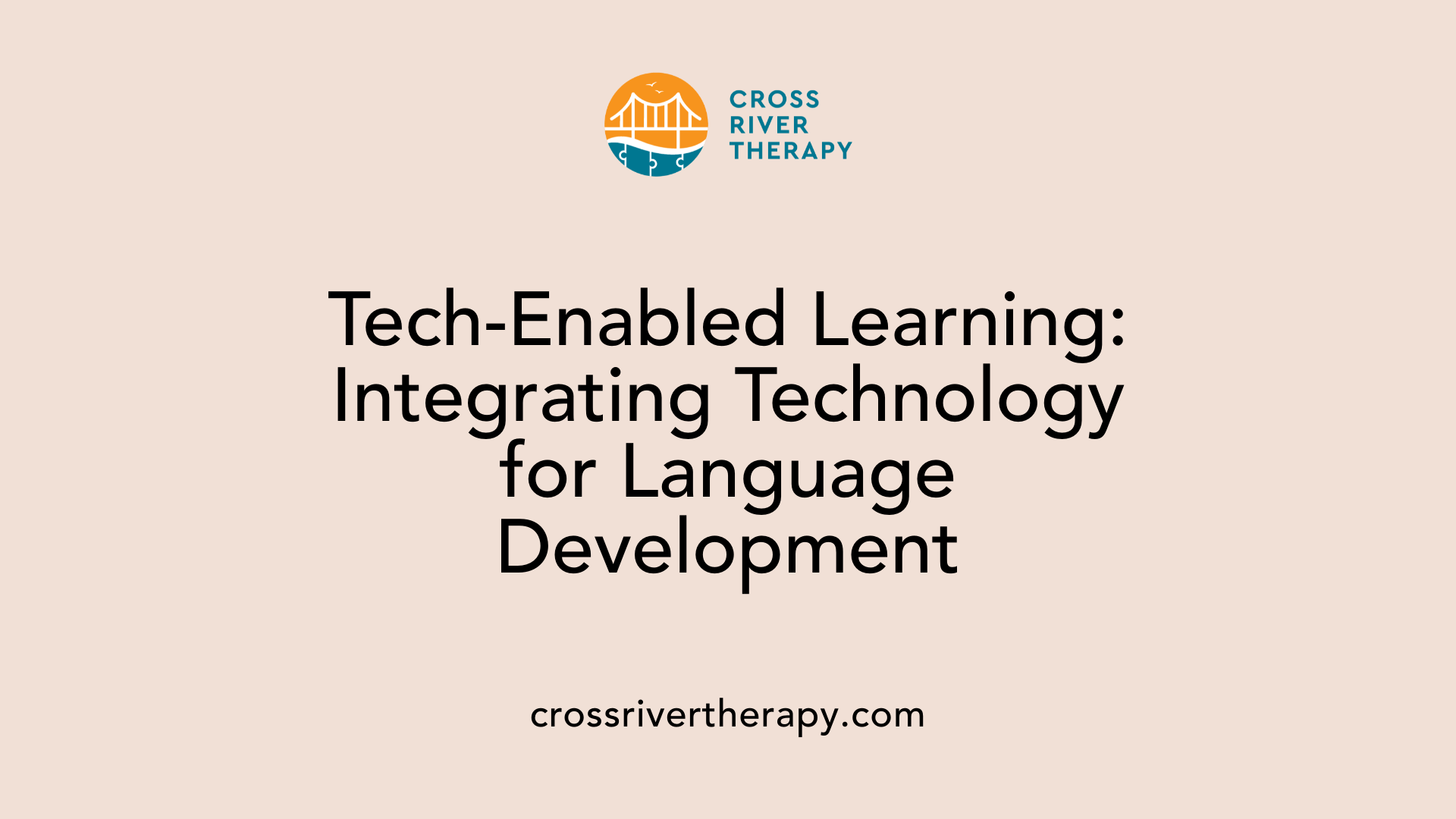
How can technology aid in developing language skills for autistic individuals?
Technology plays a vital role in developing language skills for autistic individuals, primarily through the use of assistive tools like augmentative and alternative communication (AAC) devices. These devices encourage independence and enhance communication, providing essential support to those with limited verbal abilities.
Research has shown that integrating technology into daily interactions—such as through supported play—can significantly improve language and social skills. These advancements not only facilitate clearer communication but also help reduce frustration for both children and their caregivers.
Role of ICTs in language development
Information and communication technologies (ICTs) extend beyond AAC devices. They include innovative tools such as serious games and social robots designed to improve social-emotional skills. These technologies can engage children in dynamic ways, making learning more enjoyable and effective.
Training programs for caregivers
To maximize the impact of these technologies, caregiver training programs are crucial. These programs educate parents and guardians on effectively utilizing AAC devices and ICTs in communication development. By understanding how to integrate these tools into everyday interactions, caregivers can significantly enhance their child's communication skills and overall development.
Technology TypePurposeBenefitsAugmentative and Alternative Communication (AAC)Enhance verbal communicationPromotes independence, reduces frustrationInformation and Communication Technologies (ICTs)Support language and social skills developmentEngaging experiences, fosters interactionCaregiver Training ProgramsEducate on effective technology useImproved communication outcomes
Therapeutic Materials and Resources
What are some therapy materials and resources helpful for autism language therapy?
There are a plethora of therapy materials and resources available that can be tailored to meet the distinct needs of children with autism. One effective method to tackle common challenges— like engaging in conversations and using suitable gestures— includes targeted strategies such as video modeling and interactive educational games.
Interactive Games
- He She Game: A game aimed at improving pronoun usage and understanding.
- Vocabulary Game: What Do You See?: This game enhances vocabulary through visual recognition and dialogue.
These interactive approaches not only make learning fun but also improve engagement and retention of language skills.
Augmentative and Alternative Communication methods
For non-verbal children or those with severe communication challenges, Augmentative and Alternative Communication (AAC) methods play a vital role. These include:
- Picture Exchange Communication System (PECS): A picture-based communication system to help express needs and thoughts.
- Voice-output devices: These convert text or symbols into spoken language, allowing for effective expression.
Structured programs and free resources
Structured programs such as "Color My Conversation™" and books like "Natural Language Acquisition on the Autism Spectrum" provide structured methods to enhance language development. Additionally, various free online resources offer supplemental materials for speech therapy, making accessible tools for parents and therapists alike. Incorporating a child's interests and everyday activities in these resources can significantly boost their engagement and overall effectiveness in practicing communication skills.
The Benefits of Early Intervention in Language Development
Early Intervention Ages and Impact
Early intervention is critical for children on the autism spectrum, particularly between 36 and 47 months. Starting therapy at this age can significantly enhance their language and social skills. Research indicates that when intervention begins at an early age, children are more likely to overcome challenges associated with autism as they transition into adulthood.
Research Findings on Language and Social Skills
Studies have shown that children receiving early intervention can experience improvements of about 70% in language skills and 60% in social interactions. Notably, these gains translate to reduced behavioral challenges, allowing children to better express their needs and engage with others meaningfully. With a greater focus on developing communication, families can benefit from more harmonious interactions.
Tailored Therapeutic Approaches
Therapeutic approaches tailored to individual needs include speech-language therapy, Functional Communication Training (FCT), and the use of Augmentative and Alternative Communication (AAC) devices. Engaging children in play-based and language-rich environments encourages their development outside traditional therapy settings. Incorporating family participation enhances learning, providing consistent reinforcement within daily routines to promote vocabulary growth and effective communication skills.
Creating a Language-Rich Environment at Home
Daily routines for language learning
To foster language development, integrating language-rich activities into daily routines is essential. Parents can create opportunities for their children to use language during everyday tasks. For instance, while preparing meals, caregivers may talk about ingredients or request their child's assistance, encouraging them to express their needs.
Role of reading and singing
Reading aloud to children significantly enriches their vocabulary and strengthens comprehension skills. Incorporating songs into daily activities also encourages vocalization, making language learning enjoyable. Engaging with diverse materials exposes children to new words, while singing promotes rhythm and rhymes, essential for language acquisition.
Promoting interactive conversations
Engaging in meaningful conversations is crucial for language development. Parents should utilize the SSTaRs method—Stress, Show, Tell, Relate, Say—to teach new vocabulary effectively. Moreover, by actively listening and responding to their children’s attempts to communicate, caregivers can reinforce language use and build confidence. Incorporating playful elements such as asking questions during play can keep the interaction lively and beneficial for language growth.
The Impact of Joint Attention and Social Interaction
Joint Attention in Language Development
Joint attention is a critical component in developing communication skills, especially for children with autism. It involves sharing focus on an object or activity with another person, fostering social engagement and interaction. By participating in joint attention activities, children enhance their ability to understand and communicate needs, laying the foundation for language development.
Social Interaction Strategies
Using social interaction strategies, such as modeling appropriate responses during play and everyday activities, helps children learn how to engage with others effectively. Therapists often incorporate games that require turn-taking and shared experiences, which encourage children to express themselves verbally and nonverbally in a natural setting. This practical application cements their understanding of social cues and communication norms.
Peer Communication Skill Development
Peer interactions, such as playdates or group activities, present valuable opportunities for practicing communication skills. These settings allow children to learn from one another, facilitating peer communication that may include role-playing or cooperative games. Encouraging such practices in safe environments helps children with autism develop confidence in their social skills, enhancing their ability to interact with friends and peers in structured and unstructured settings.
Understanding the Individual Needs in Language Development
Individual Language Ability Assessments
Understanding the unique language abilities of each child with autism is crucial for effective therapy. Speech-Language Pathologists (SLPs) conduct comprehensive evaluations to assess individual strengths and weaknesses. These assessments help identify the child’s receptive and expressive language capabilities, guiding the development of personalized therapy goals.
Tailored Interventions
Interventions should be tailored to meet each child's specific communication needs. For instance, children who struggle with verbal communication may benefit greatly from augmentative and alternative communication (AAC) devices, such as Picture Exchange Communication Systems (PECS) or voice-output devices. Meanwhile, kids who need help with social skills might focus on joint attention strategies and peer interaction games.
Variety in Communication Styles
Recognizing that children with autism may exhibit a variety of communication styles is vital for fostering effective communication. Some might prefer visual aids like social stories and communication boards, while others respond positively to modeling language techniques or music-based interactions. Encouraging these diverse methods ensures that therapy adapts to promote engagement and understanding, ultimately leading to better language outcomes.
Conclusion: A Collaborative Path Forward
Bridging the communication gap for children with autism involves a coordinated effort from therapists, caregivers, and educators utilizing evidence-based strategies and innovative tools. By emphasizing early intervention, integrating technology, and supporting caregivers in creating language-rich environments, we pave the way for enhanced language skills. Understanding each child's unique needs ensures effective and personalized approaches, fostering more profound social interactions, improved quality of life, and greater independence in autistic individuals.
References
- Building Language Skills with Autism Therapy - Magnet ABA
- Building Language Skills in Autism Therapy - Goldstar Rehabilitation
- Building Language Skills in Autism Therapy
- Language Development in Autism: Effective Strategies
- Improving Autistic Children's Social Skills via Speech Therapy
- Building Language Skills and Vocabulary in Children with Autism
- Building Language Skills in Kids with Autism - Magnet ABA



